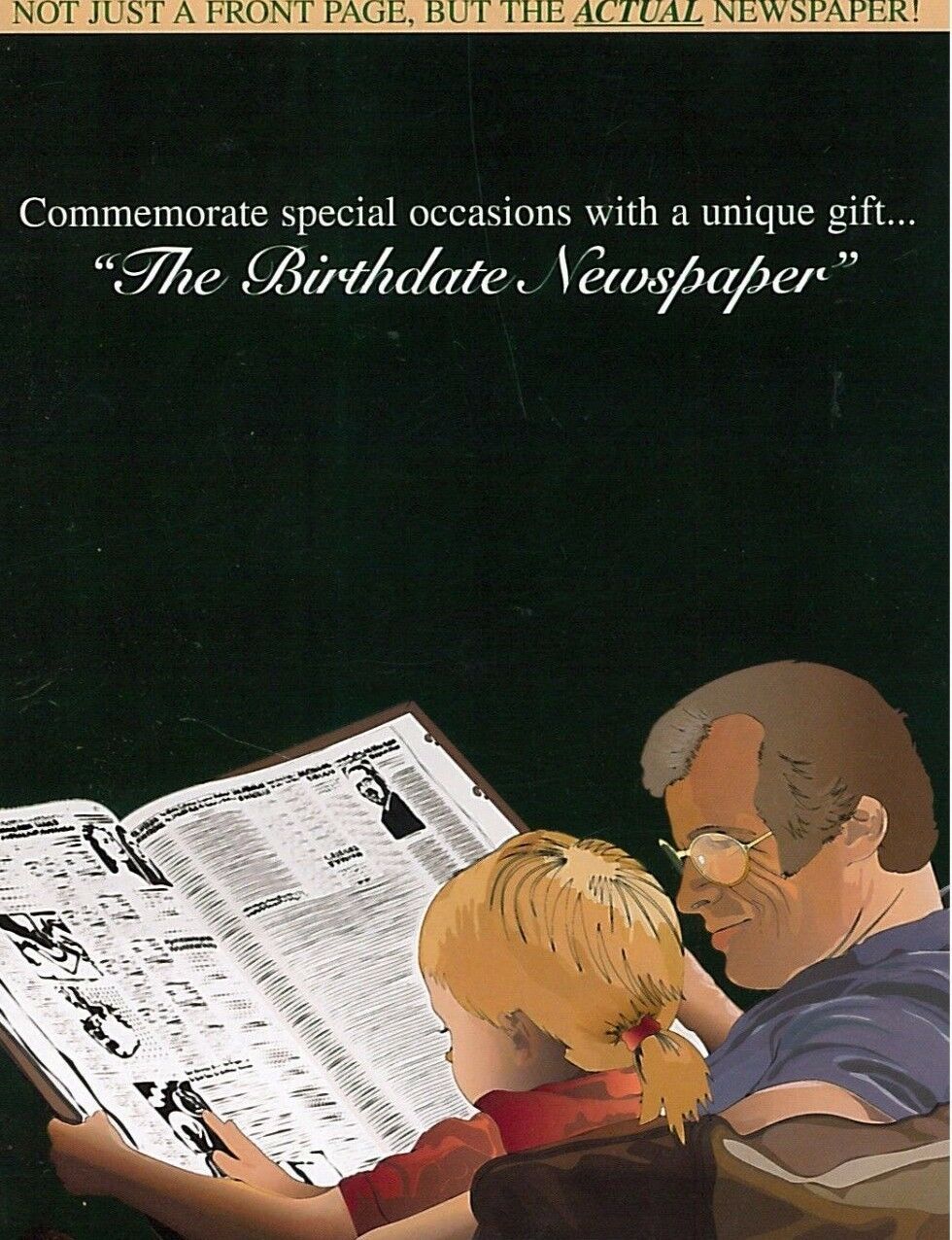-40%
Japanese Attack on Pearl Harbour Congress Votes War on Japan December 8 1941 B21
$ 226.51
- Description
- Size Guide
Description
Pearl Harbour Attacked Congress Votes War on JapanF.R. Pledges ' We Will Triumph'
December 8 1941
Portland Oregon Journal (22 Pages)
Within two hours, six battleships had been sunk, another 112 vessels sunk or damaged, and 164 aircraft destroyed. Only chance saved three US aircraft carriers, usually stationed at Pearl Harbor but assigned elsewhere on the day.
The attacks killed fewer than 100 Japanese but more than 2,400 Americans died - 1,000 of those were on the battleship Arizona which was destroyed at her mooring. Another 1,178 US citizens were injured.
The next day, President Roosevelt called the attack on Pearl Harbor "a day that will live in infamy" and America declared war on Japan ending its policy of isolationism.
There were six wartime and one post-war investigation into how America was taken so totally by surprise. They revealed a lack of co-ordination and communication between Washington and Oahu, and between different armed forces.
As a result local US commanders Admiral Kimmel and Lt-Gen Short were fired.
The attack was a victory for Japan and allowed it to launch a full-scale invasion of South-east Asia. But out of the US warships damaged or sunk on 7 December 1941, only three - the Arizona, Oklahoma and Utah - were beyond repair, and Utah was already obsolete.
Pearl Harbor also united an outraged American nation behind President Roosevelt and behind the war against Japan, and failed to destroy the major US ships , the aircraft carriers.
1941: Japanese planes bomb Pearl Harbor
Japan has launched a surprise attack on the American naval base at Pearl Harbor in Hawaii and has declared war on Britain and the United States.
The US president, Franklin D Roosevelt, has mobilised all his forces and is poised to declare war on Japan.
Details of the attack in Hawaii are scarce but initial reports say Japanese bombers and torpedo-carrying planes targeted warships, aircraft and military installations in Pearl Harbor, on Oahu, the third largest and chief island of Hawaii.
News of the daring raid has shocked members of Congress at a time when Japanese officials in Washington were still negotiating with US Secretary of State Cordell Hull on lifting US sanctions imposed after continuing Japanese aggression against China.
The Japanese squadrons dropped high-explosive and incendiary bombs.
At 0755 local time the first wave of between 50 and 150 planes struck the naval base for 35 minutes causing several fires and "untold damage" to the Pacific Fleet.
A second strike followed at about 0900 when a force of at least 100 planes pounded the base for an hour.
At least two Japanese airplanes have been shot down but it is reported that at least 350 men were killed by one single bomb at the Hickam Army Air Field, an Air Corps post on Oahu.
Officials announced a further 104 Army personnel were killed and 300 were wounded in the raid.
It is believed the attack was launched from two aircraft carriers.
One radio report says US forces downed six Japanese planes and sunk four submarines.
There are reports the Hawaiian capital Honolulu was also bombed as well as the Pacific island of Guam and the capital of the Philippines, Manila.
A British gunboat, the Peterel, has also been sunk at Shanghai in China.
Reports from Singapore suggest a build-up of Japanese warships in the South China Sea and seem to be headed for the Gulf of Siam, towards Bangkok.
President Roosevelt is working on a message to Congress tomorrow in which he is expected to ask for a declaration of war with Japan.
The Times newspaper's Washington correspondent says the US Government expects Germany and Italy to declare war on the US within hours.
Although the attack has shocked the American people there is little doubt that it had been brewing for some years.
Relations with the United States have deteriorated since 1931 when Japan occupied Manchuria in northern China. Over the last decade conflict has intensified into a full-scale war between Japan and China.
Last year, the US imposed trade sanctions on Japan.
Then in September 1940 Japan signed a Tripartite Pact with Germany and Italy. It became a formal member of the Axis alliance fighting the European war but continued to negotiate with America for trade concessions until today.
Japan's fury over the embargoes and allied support for China prompted a declaration of war.
We have a collection of these stunning newspapers, book reviews and magazines from the 1920's 1930's 1940's 1950's 1960's 1970's for January, February, March, April, May, June, July August, September, October, November and December. Covering most dates in any given month.
We also have an extensive archive of American and Canadian newspapers, magazines and book reviews covering most of the United States.
Some of the titles include: New York Times, Post, Sun, Herald, Tribune, Journal of Commerce, Kansas City Star, Times, Christian Science Monitor, San Francisco Chronicle, LA Times, Washington Times, Star, Baltimore, WSJ and many more titles.
Canada titles include - Montreal Daily Star, Gazette, Standard, La Patrie, Toronto Mail & Empire, Daily Star
Please don't hesitate to contact us through eBay messaging with any specific dates or inquiries, we would be delighted to search for you.
PROFESSIONAL, HIGH QUALITY PACKING, AS WE STRIVE TO DELIVER YOUR ITEM IN THE BEST POSSIBLE CONDITION.









